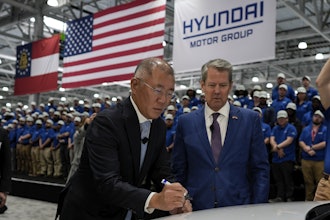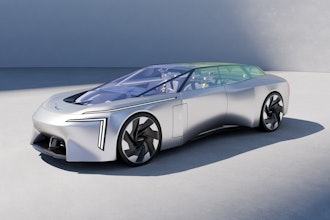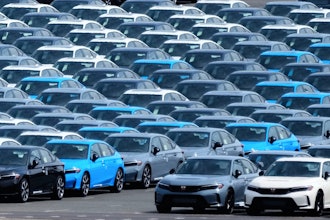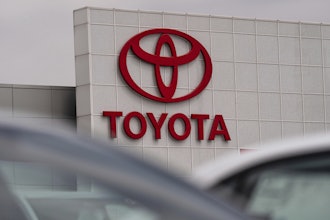SEATTLE (AP) -- Researchers at the Pacific Northwest National Laboratory in Richland, Wash., say they've come up with a way to recharge electric cars that won't strain the power grid.
The smart charger controller is a device that automatically figures out the best and cheapest times for drivers to recharge cars.
The technology communicates with the power grid and can temporarily stop charging when there is stress on the system, scientist Michael Kintner-Meyer said.
"If a million owners plug their vehicles to recharge after work, it could cause a major strain on the grid," Kintner-Meyer said. The new device ensures that the existing grid is used more evenly, he said.
Electric car owners could program the controller to charge at a specific time of day or night, such as midnight or 3 a.m., rather than plugging right after work, when it's likely others would do the same, or when it may still be a peak period.
If time-based pricing is available, the device would use wireless technology to download the latest prices and decide when to charge based on the lowest costs.
"Plug in your vehicle and you forget about it, and next morning it would be fully topped off," said Kintner-Meyer, whose laboratory is part of the U.S. Department of Energy.
Utilities in some states, such as California, already are installing meters that track use by time of day, with some charging more during peak hours and less overnight.
He said the device can save consumers about $100 a year by charging during off-peak hours.
Automakers, such as General Motors Corp., Toyota Motor Corp. and Nissan Motor Co., are planning to bring rechargeable vehicles to the market as early as 2010.
A previous study by the PNNL found that the existing U.S. power grid has enough available capacity to support about 70 percent of light-duty vehicles if charging is properly managed.
The lab is testing a prototype and could try it out in an electric car or house-charging unit in the next year.


















